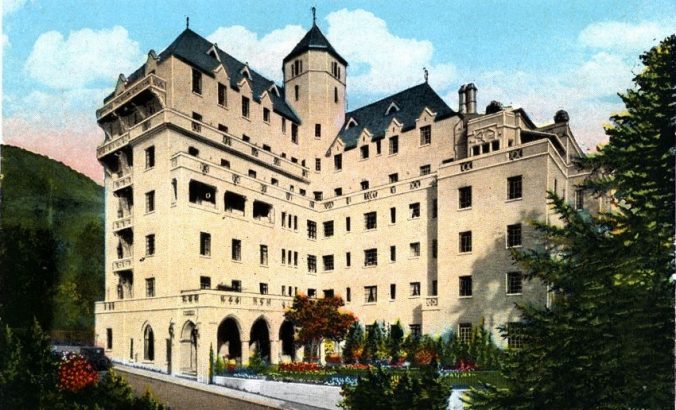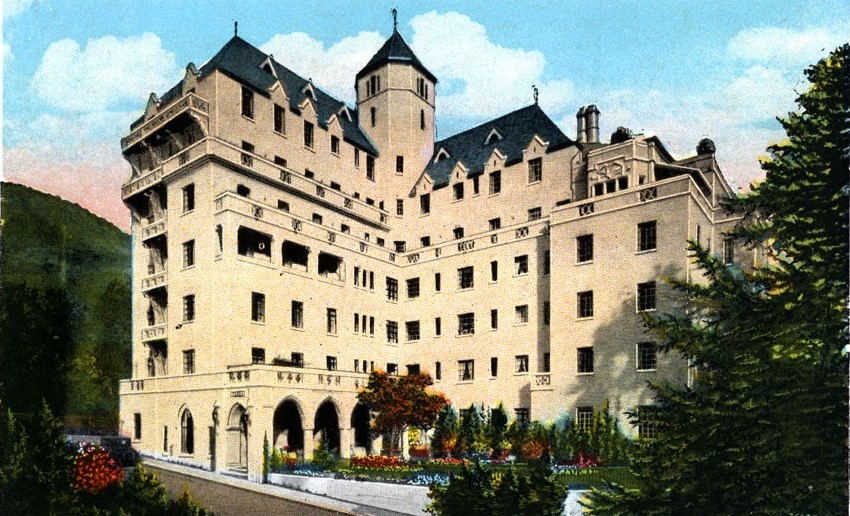On February 2, 1929, Fred Horowitz, a downtown Los Angeles attorney, officially cut the ribbon on a luxury apartment house alongside an unpaved stretch of Sunset Blvd.
Horowitz had the nutty idea that the area, a bridle path lined with onion and poinsettia fields that connected Beverly Hills and Los Angeles, would soon blossom. As he liked to point out, it sat 20 minutes from anywhere you’d want to be, it was convenient to movie studios in Hollywood and Burbank, and it was both governed not by the city but by the county, which meant taxes, licenses and building fees were relatively cheap.
The building, which Horowitz modeled on a chateau he’d admired in the Loire Valley of France, was anything but cheap. Horowitz insisted on steel reinforcement to make the building earthquake-resistant, on double-thick walls to keep noise down, and on maximizing the number of penthouses — large apartments with terraces that commanded stunning views from the mountains to the ocean to downtown. As a result, although it may have been situated in the middle of not much, it was durable, it was quiet, and it was, most of all, private.
He called the place Chateau Marmont.
And over the next nine decades, everyone would stay there, and everything would happen there.
You can read all about it in my new book The Castle on Sunset: Life, Death, Love, Art, and Scandal at Hollywood’s Chateau Marmont, coming May 7 from Doubleday and Orion.
Till then, raise a glass to the Grande Dame of the Sunset Strip!




